15 Unusual Edible Plants You Can Still Start in Fall
Fall might seem like the time to wind down in the garden, but it can actually be the perfect season to try something new. There are plenty of unusual edible plants that thrive in cooler weather and can still be started now. From unique leafy greens to lesser-known root vegetables, these options add variety to your garden and flavor to your table.
This post may contain affiliate links, which helps keep this content free. Please read our disclosure for more info.
Claytonia (Miner’s Lettuce)
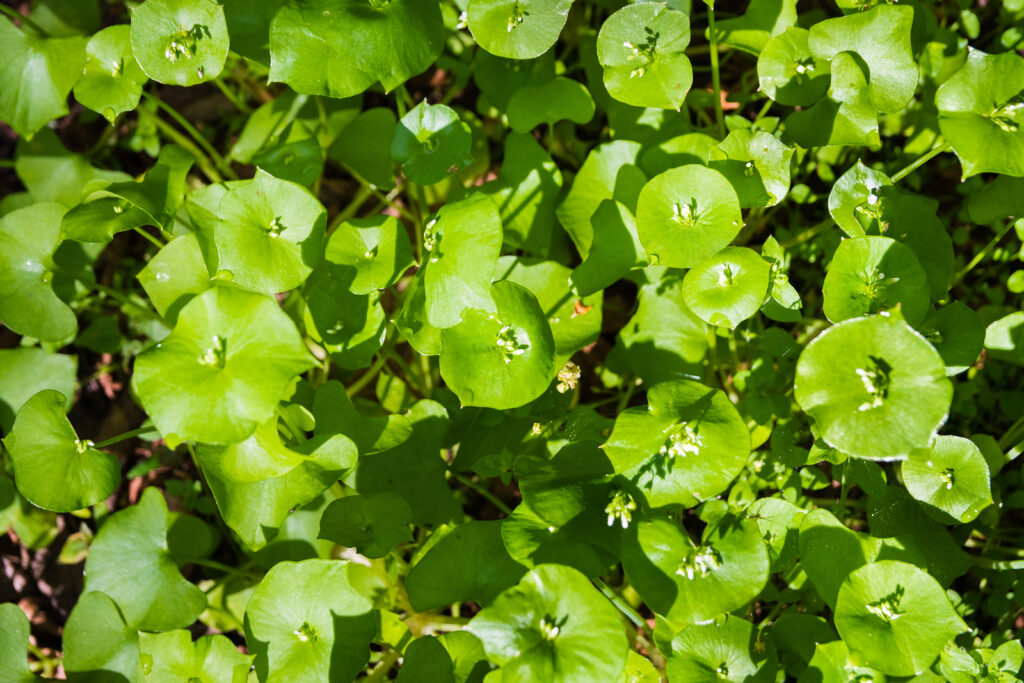
Claytonia, often called miner’s lettuce, is a cool-season green with tender, round leaves and a refreshing, slightly tangy taste. It thrives in shady spots and is well suited to fall planting, since it actually prefers lower temperatures. Because it grows quickly, you can enjoy fresh harvests in a short time.
This plant works beautifully in salads and sandwiches, adding both texture and flavor. It’s also a good source of vitamins C and A, making it more than just a tasty addition. With minimal care, miner’s lettuce can self-seed and return in later seasons, giving you an easy supply of greens.
Mâche (Corn Salad)
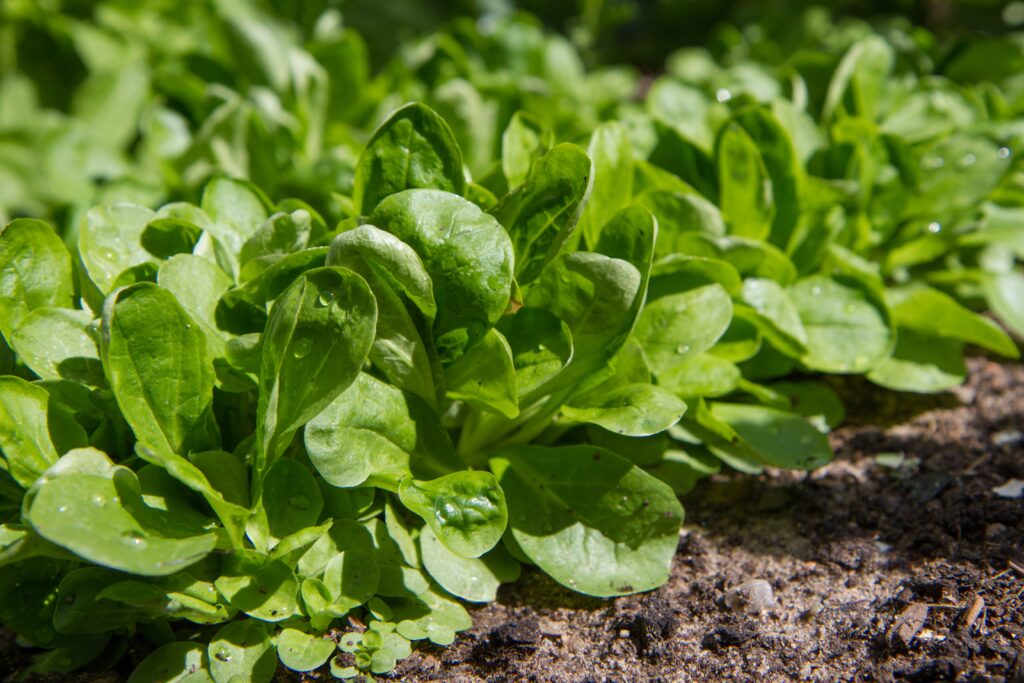
Mâche, also known as corn salad, is a delicate leafy green with a mild, nutty flavor. It thrives in cooler conditions, which makes fall the perfect season for planting. Once it’s established, it can withstand light frosts, allowing you to harvest into winter.
The leaves are small and spoon-shaped, making them a charming addition to mixed salads. Mâche pairs especially well with citrus dressings, soft cheeses, and roasted vegetables. Since it’s often expensive in grocery stores, growing your own saves money while adding gourmet flair to your meals.
Salsify (Oyster Plant)
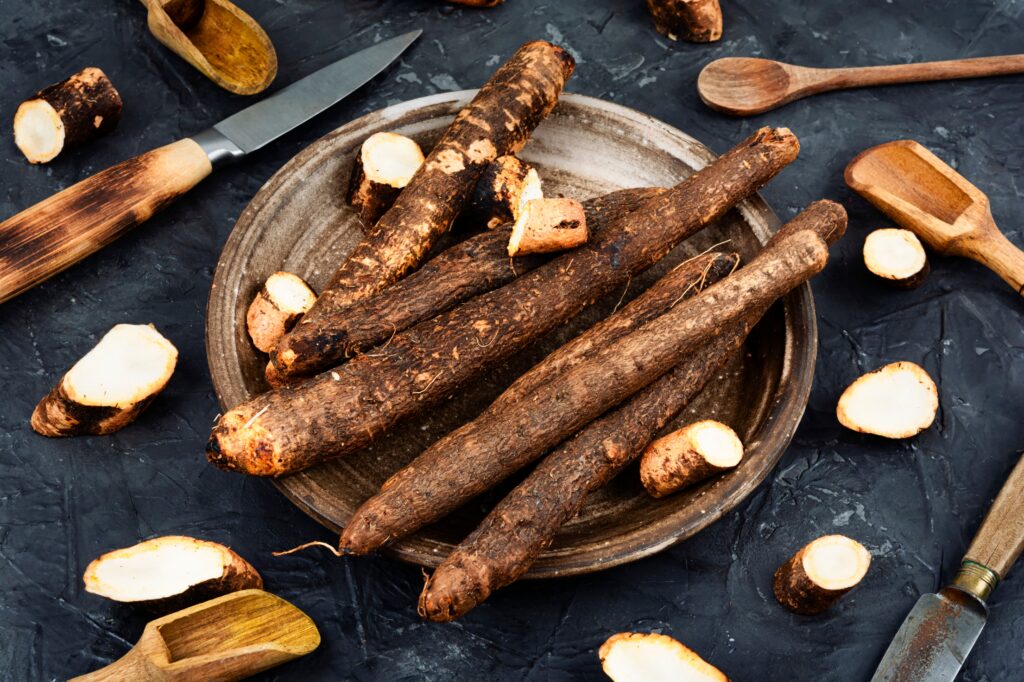
Salsify is a root vegetable prized for its subtle oyster-like flavor. It has long, slender roots with creamy flesh, and it grows best when planted in cool soil. Fall sowing gives the roots plenty of time to develop before spring harvest.
The flavor of salsify deepens when roasted, stewed, or added to soups. Many gardeners find it pairs beautifully with butter or cream sauces. Though uncommon in modern kitchens, this vegetable was once a staple in Europe, and it’s beginning to make a quiet comeback.
Celtuce (Stem Lettuce)
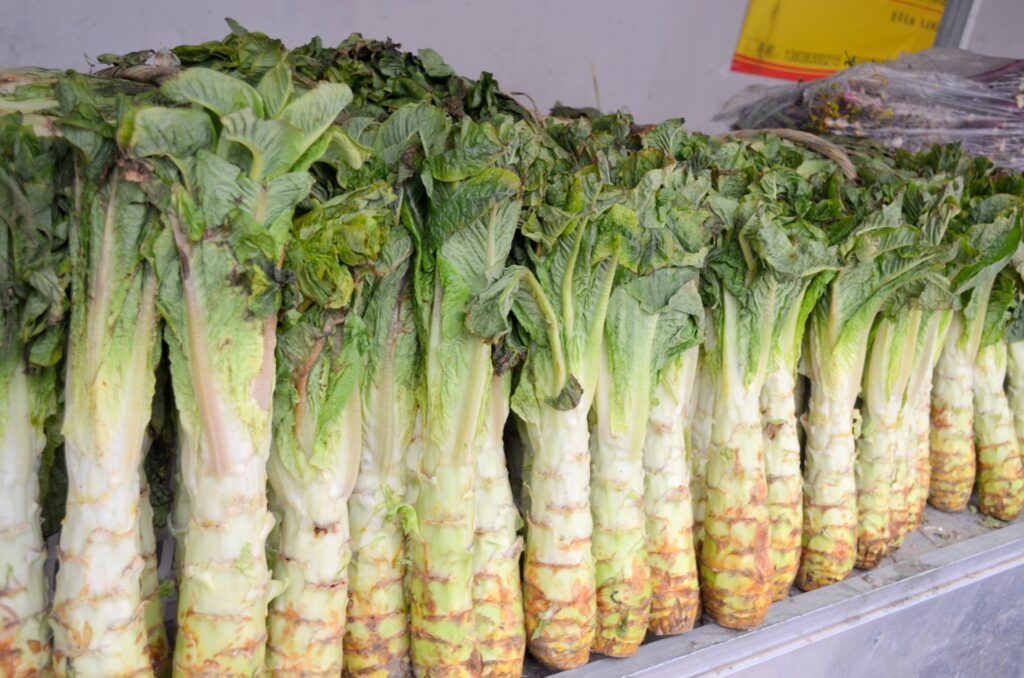
Celtuce, sometimes called stem lettuce, is grown primarily for its thick, crisp stem rather than its leaves. The texture is similar to a cucumber, while the taste carries a hint of nuttiness. It tolerates cool weather well, making fall an excellent planting season.
In Asian cooking, celtuce is often stir-fried, pickled, or enjoyed raw in salads. Its versatility in both raw and cooked dishes makes it a fun crop to try. Because it’s still rare in many markets, growing it yourself gives you access to a unique ingredient.
Lovage
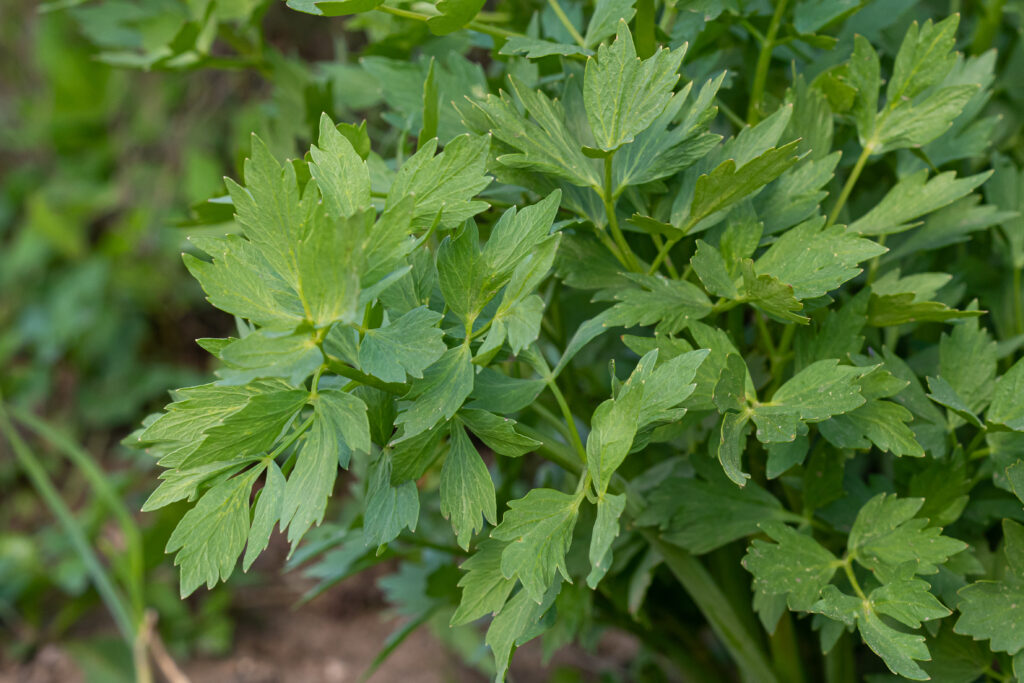
Lovage is a perennial herb with a flavor reminiscent of celery, but stronger and more aromatic. It can grow tall and vigorous, yet it handles cooler fall temperatures with ease. The leaves, stems, and seeds are all edible, making it a multi-purpose plant.
This herb adds depth to soups, stews, and broths, while the hollow stems can even be used as a natural straw for tomato juice. The leaves can also be chopped into salads for an herbal kick. Planting it in fall sets the stage for steady growth in the following spring.
Skirret
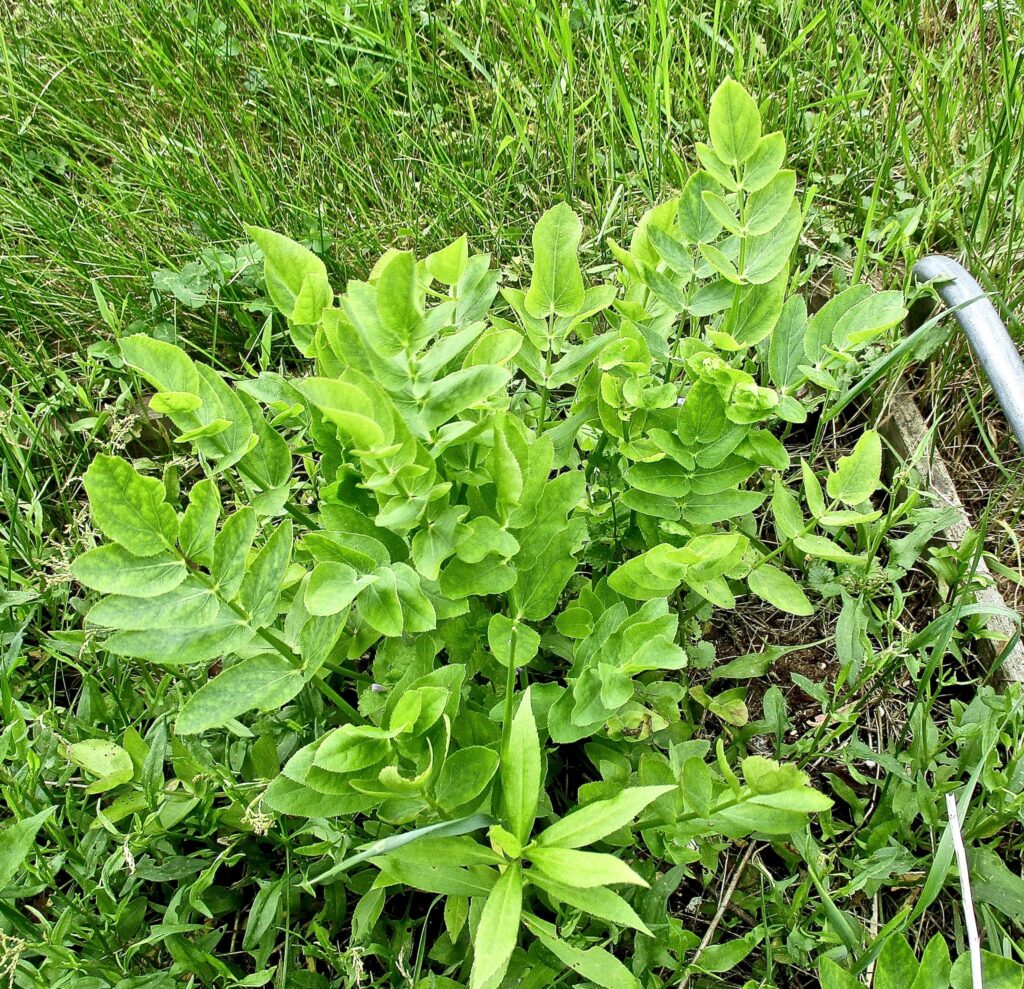
Skirret is an old-fashioned root vegetable that produces clusters of sweet, white roots. It was once common in medieval European gardens but has since faded from popularity. Fall planting works well since the roots continue to develop in cool conditions.
The flavor is sweet and earthy, similar to parsnips, and the roots are excellent roasted or boiled. Skirret’s ability to yield multiple roots from one plant makes it both productive and rewarding. For gardeners who enjoy reviving forgotten foods, this is an ideal choice.
Good King Henry
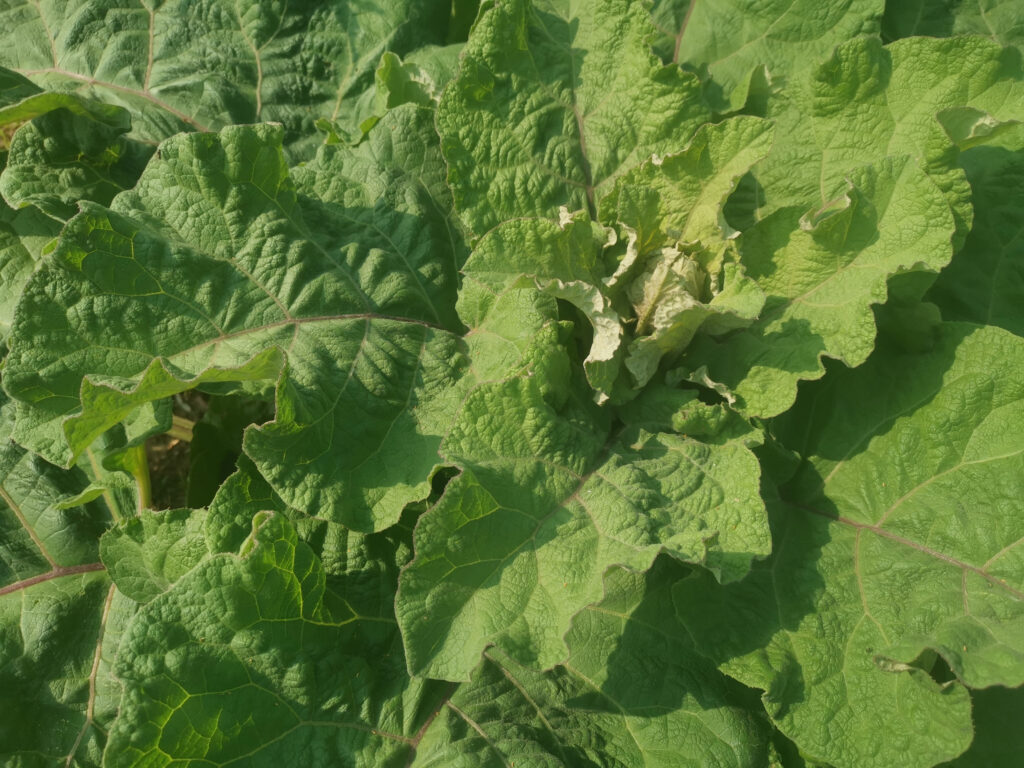
Good King Henry is a perennial green that acts as a spinach substitute in the garden. It grows well in cooler temperatures and can be sown in fall for young shoots the following spring. The plant is hardy and requires little attention once established.
The young leaves can be eaten raw in salads, while older leaves are better cooked like spinach. Its shoots can also be prepared like asparagus, offering another layer of versatility. Once planted, this perennial keeps giving for years, making it a valuable addition.
Claytonia Sibirica (Siberian Miner’s Lettuce)
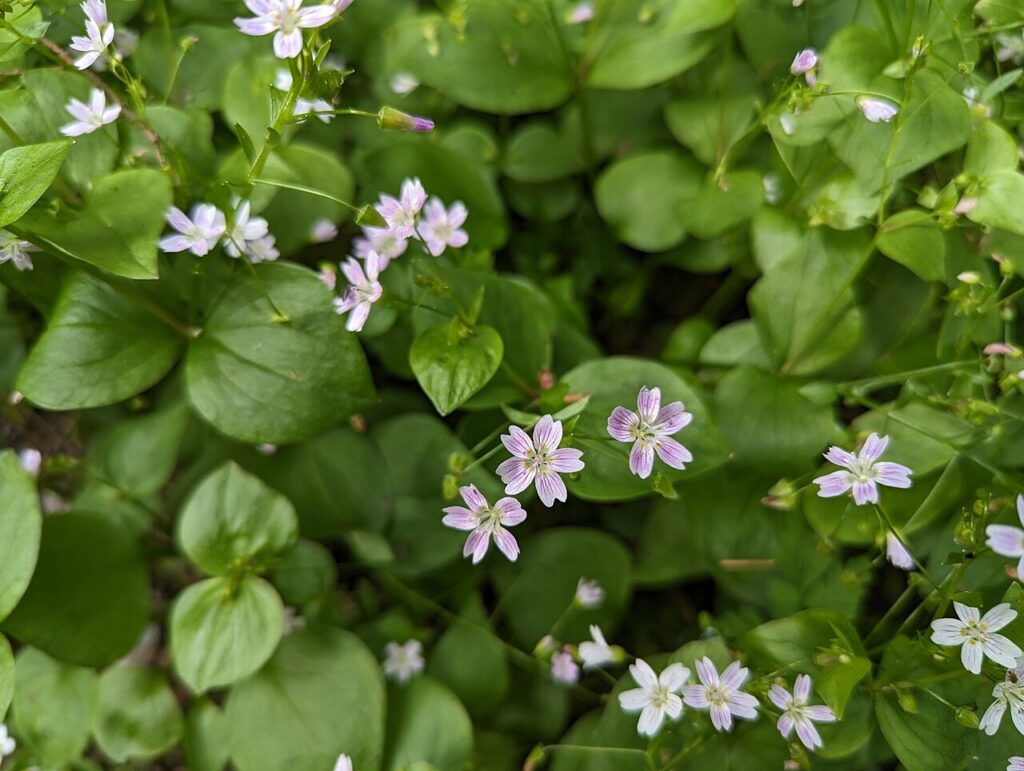
Siberian miner’s lettuce is another cold-tolerant green with dainty leaves and small pink flowers. It’s especially resilient in cool weather, which makes it perfect for fall planting. Once it settles into the soil, it can spread and reseed naturally.
The leaves have a mild flavor and can be tossed into salads or used as a garnish. Its small blossoms are also edible, adding color to dishes. Since it’s self-sustaining, gardeners often enjoy harvests for years without much effort.
Orach (Mountain Spinach)
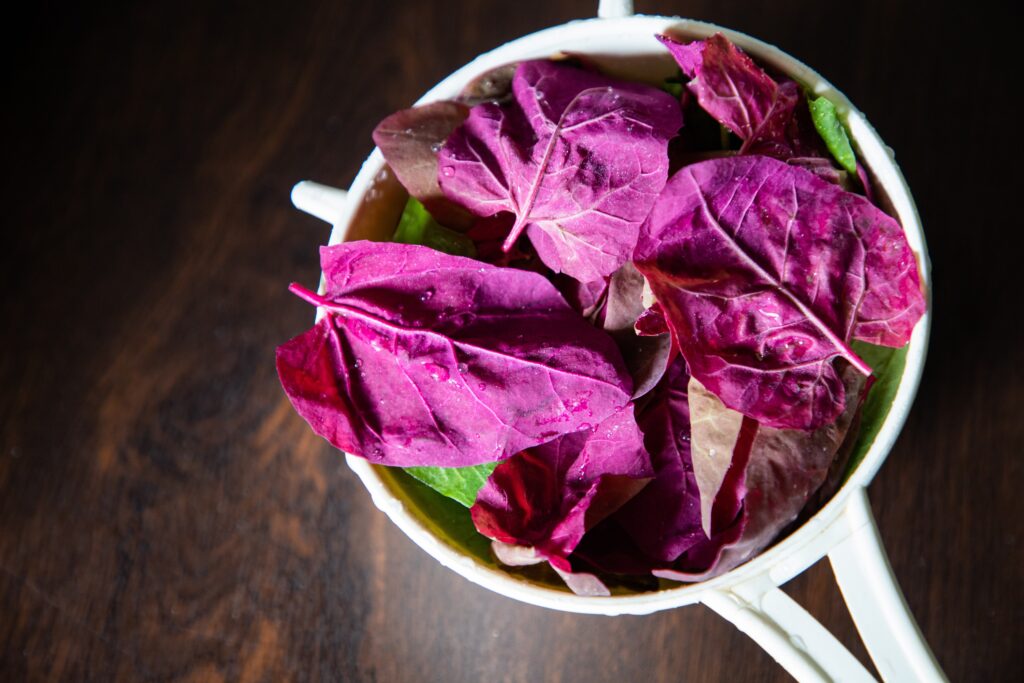
Orach is an attractive leafy vegetable that comes in shades of green, red, and purple. It thrives in cooler weather, and fall sowing gives it a strong start. Unlike spinach, which bolts quickly, orach can be harvested over a longer period.
The leaves have a mild flavor, similar to spinach, but with a slightly salty undertone. They can be eaten raw in salads or cooked like other greens. Because of its striking colors, orach also adds ornamental beauty to the garden.
Sorrel
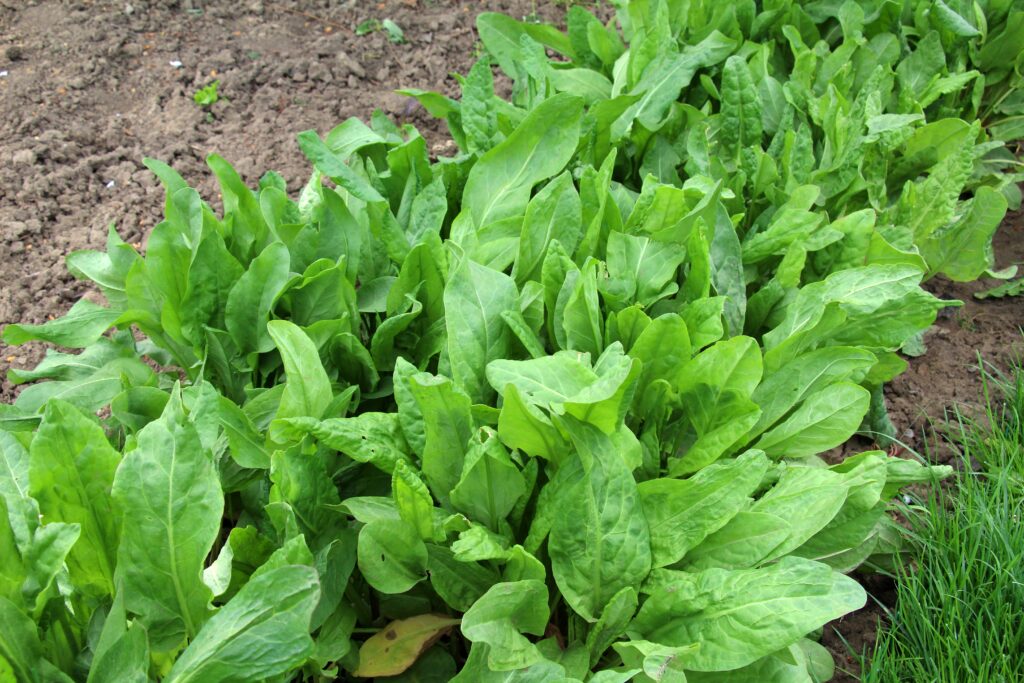
Sorrel is a hardy perennial known for its sharp, lemony taste. The plant does best in cool seasons and will thrive if started in fall. Its tangy leaves bring a unique brightness to the table.
The leaves are excellent in soups, sauces, and salads. French cuisine often uses sorrel to balance creamy or rich flavors. Once planted, sorrel will return year after year, giving gardeners a steady supply.
Chicory
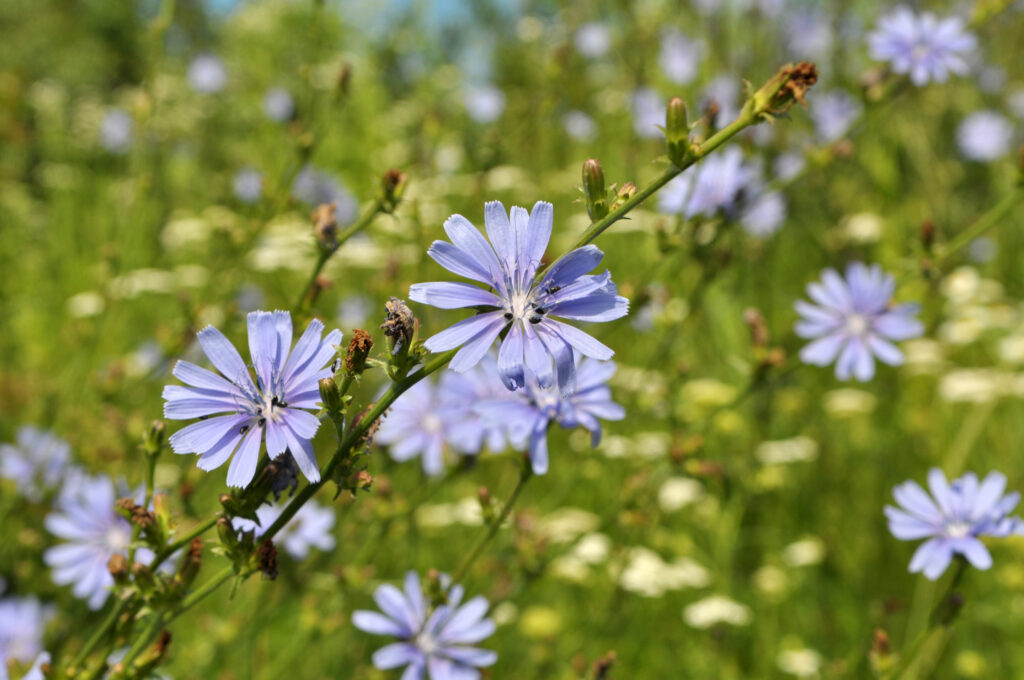
Chicory is a versatile plant with both edible leaves and roots. Its leaves can be slightly bitter, but that flavor softens when exposed to cool weather. Fall planting is ideal since the plant can withstand frost.
The roots are often roasted and ground to make a coffee substitute. Its leaves, meanwhile, can be eaten fresh, braised, or added to soups. With multiple edible parts, chicory is both useful and productive.
Scorzonera (Black Salsify)
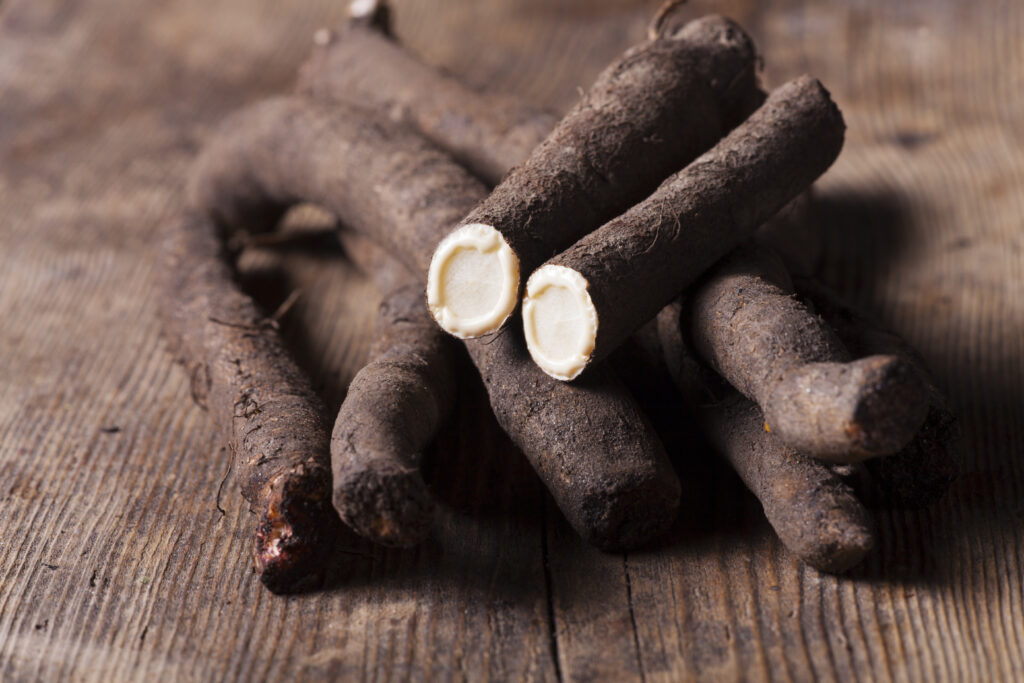
Scorzonera, also called black salsify, is a root vegetable with dark, rough skin and creamy flesh. It prefers cool soil and thrives when planted in fall. The roots take time to develop but reward patience with a nutty, artichoke-like flavor.
This vegetable shines when roasted, mashed, or used in soups and stews. Its roots are rich in inulin, which supports digestive health. Growing it yourself offers access to a food that’s hard to find in most grocery stores.
Sea Kale
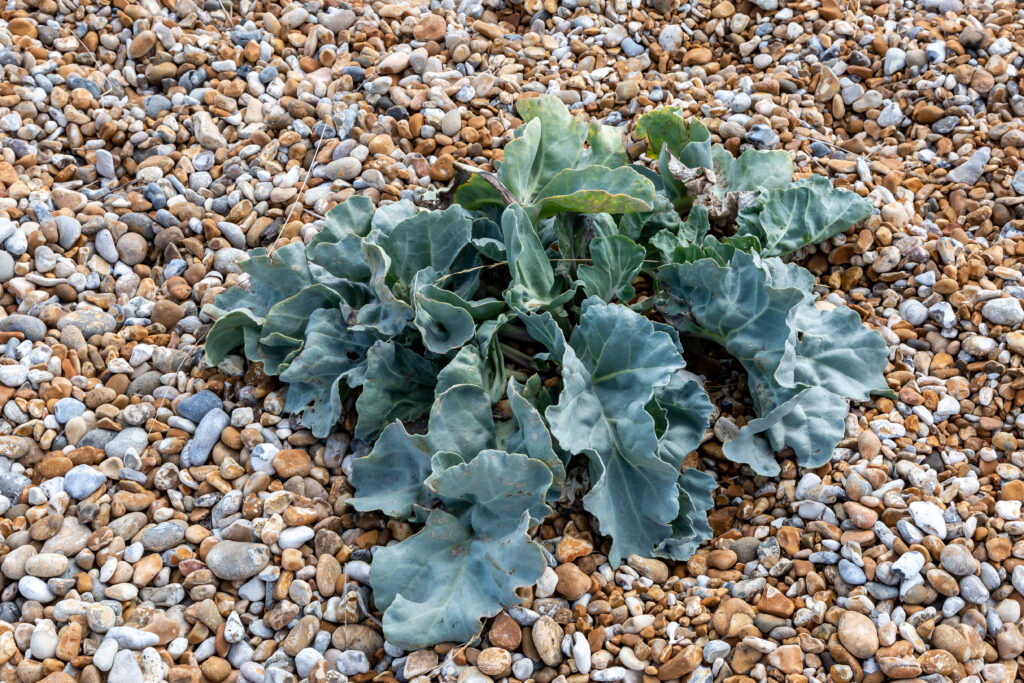
Sea kale is a hardy perennial that grows along coastal areas and tolerates poor soils. It’s well suited to cool fall planting and can survive harsh conditions. The plant produces edible shoots, leaves, and flower buds.
The young shoots can be blanched and eaten like asparagus. Its leaves can be cooked like cabbage, while the flower buds resemble small broccoli heads. With so many edible parts, sea kale is one of the most versatile perennials for adventurous gardeners.
Perennial Arugula (Sylvetta)
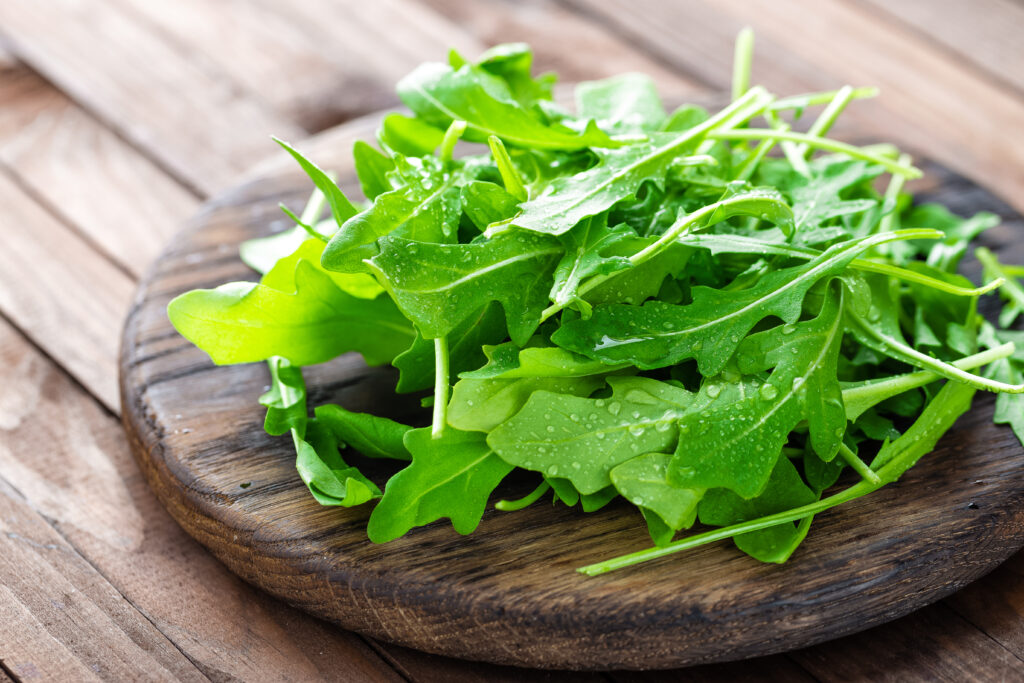
Perennial arugula, also known as sylvetta, is spicier and more pungent than standard arugula. It thrives in cool conditions and grows well in fall, often bouncing back in early spring. Once established, it continues to produce for years.
Its peppery leaves are a favorite in salads and sandwiches. The strong flavor also pairs well with pizza, pasta, and grilled meats. Because it’s hardy, perennial arugula is a reliable green even when other plants fade.
Alexanders
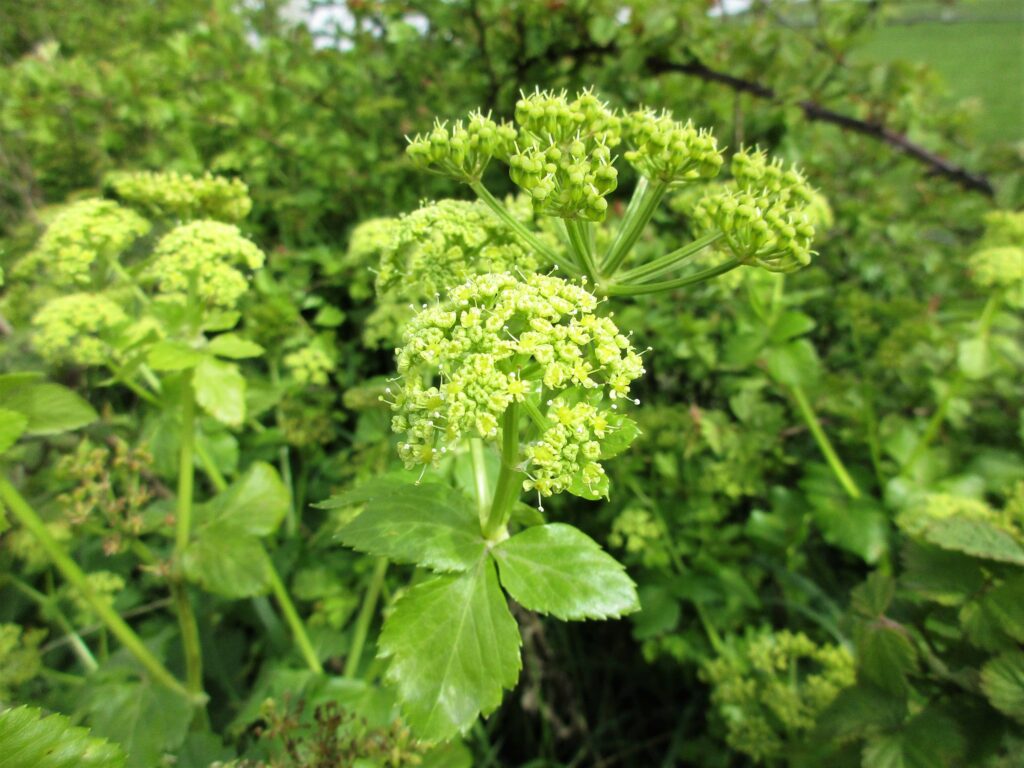
Alexanders is an old Roman vegetable that has fallen out of common use. The plant grows well in cool seasons and can be sown in fall for a spring harvest. Every part of it is edible, from the leaves to the roots.
The stems can be cooked like celery, while the roots resemble parsnips in flavor. Leaves can be eaten raw or cooked, offering versatility in the kitchen. With its long history, alexanders connect modern gardeners to centuries of culinary tradition.
This article originally appeared on Avocadu.
